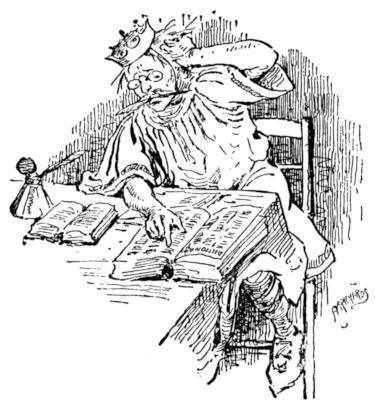
What is the Scholar’s mate?
Scholar’s Mate is a chess checkmate pattern that is characterized by the trapping of the enemy king by a queen and a bishop, with the queen attacking the king from the diagonal, and the bishop attacking the king from the diagonal. The pattern is considered to be one of the most basic checkmate patterns and is often used by beginner players. Scholar’s Mate is not considered a standard tactic in chess and it’s not particularly powerful.
What is the history of the Scholar’s mate?
The history of Scholar’s Mate can be traced back to the early days of chess, where it was known as the “Four-move checkmate”. The pattern was first recorded in the chess literature in the 15th century, and it’s considered to be one of the oldest known checkmate patterns. It’s not considered a standard tactic in chess and it’s not particularly powerful.
How to execute the Scholar’s mate?
The key to successfully executing Scholar’s Mate is the coordination of the queen and the bishop to trap the enemy king. The queen is responsible for attacking the enemy king from the diagonal, while the bishop attacks the king from the diagonal. The queen and bishop work together to create a powerful attacking force that can quickly overwhelm the enemy’s defenses.
How to set up the Scholar’s mate?
In order to set up Scholar’s Mate, the queen should be placed on the same diagonal as the enemy king, attacking it from the diagonal, while the bishop should be placed on the diagonal, attacking it from the diagonal. The king’s position should be such that it has no other move than to move to a corner where it can be checkmated by the queen and bishop.